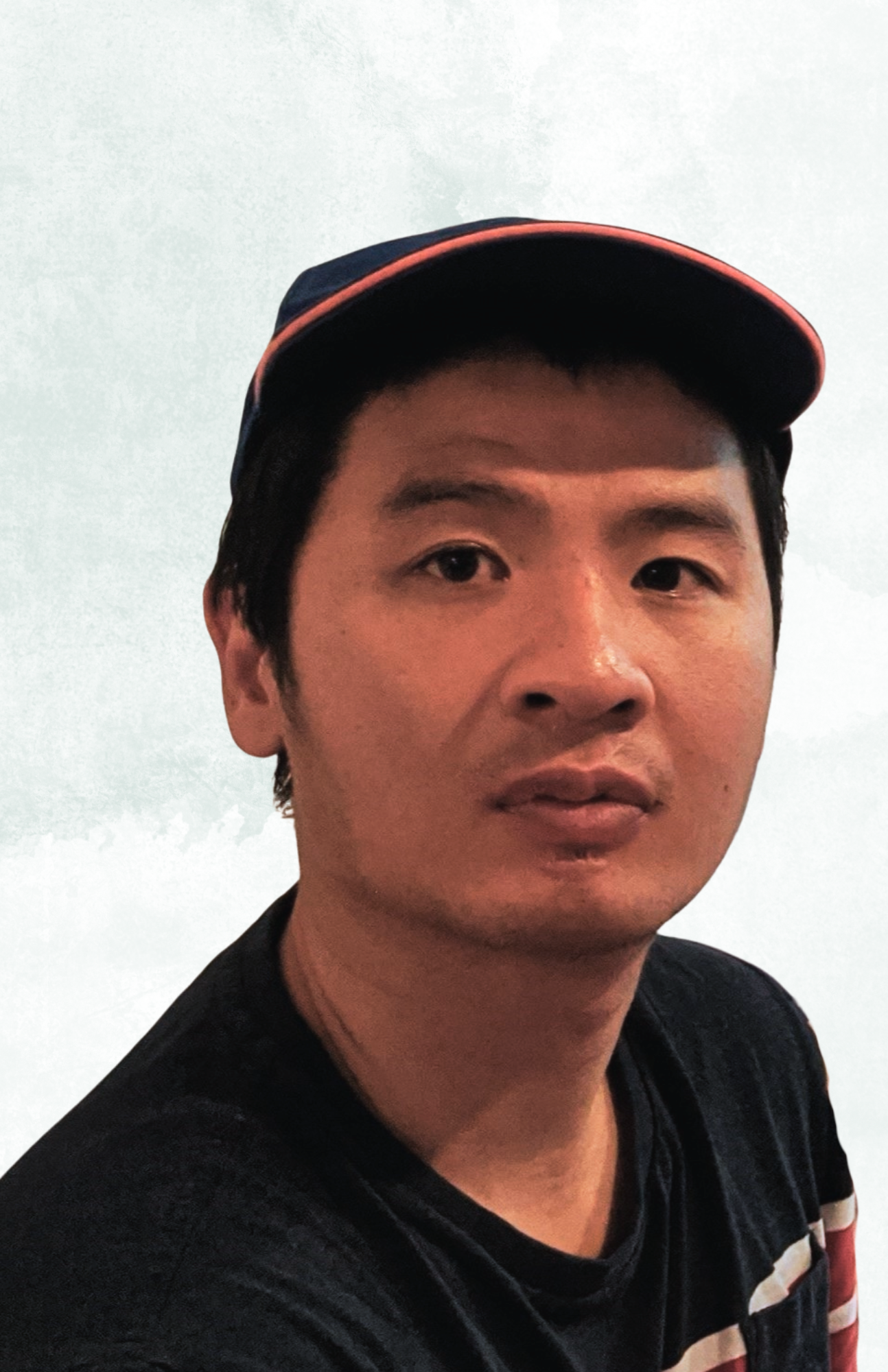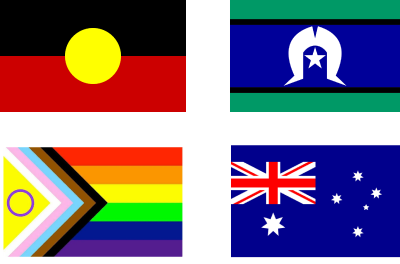 The diagnostic criteria for Autism have undergone changes since I was first diagnosed as a 3.25-year-old with Autistic Disorder (AS) in 1998. Autism under the DSM-4 (1994) is encapsulated by several discrete categories, including AS, which is akin to classic Autism as defined by Kanner (1943), Asperger’s syndrome, with typical and/or above average language and cognitive competence, accompanied frequently by proficiency in a special interest area, and Pervasive Developmental Disorder, not otherwise specified (PDD-NOS). As incidences of Autism escalate and the understanding of Autism progressed in the intervening years, changes are reflected in the DSM 5 (2013), with Autism diagnosis coalesced into a single continuum or spectrum of ASD, accompanied by symptom severity depicted in three levels of support requirement, from minimal, substantial to very substantial.
The diagnostic criteria for Autism have undergone changes since I was first diagnosed as a 3.25-year-old with Autistic Disorder (AS) in 1998. Autism under the DSM-4 (1994) is encapsulated by several discrete categories, including AS, which is akin to classic Autism as defined by Kanner (1943), Asperger’s syndrome, with typical and/or above average language and cognitive competence, accompanied frequently by proficiency in a special interest area, and Pervasive Developmental Disorder, not otherwise specified (PDD-NOS). As incidences of Autism escalate and the understanding of Autism progressed in the intervening years, changes are reflected in the DSM 5 (2013), with Autism diagnosis coalesced into a single continuum or spectrum of ASD, accompanied by symptom severity depicted in three levels of support requirement, from minimal, substantial to very substantial.
From its classification as a psychiatric disorder by Kanner (1943), noted pervasive developmental dysfunctions in atypical communication and social interaction as well as restricted interests in eleven patients. These distinguishing features were concurrently identified by Austrian psychiatrist Asperger (1944) with a clinical sample of four males, within and above the normal IQ range and comparable language ability. Additionally, Asperger’s sample also indicated a propensity for the physical and digital sciences (Silberman, 2015). Debates surrounding the changing criteria of Autism diagnosis are charged, especially with the merging of Asperger’s syndrome to a single diagnostic category of ASD, with many “Aspies” losing their diagnosed status.
However, it is argued that clinical diagnosis is based on abstraction with the diagnostician’s use of the corpus of conventional medical knowledge and expertise to extract relevant elements from patient information to fit the diagnostic criteria (Maynard & Turowetz, 2019). Hence, diagnostic processes are reductionistic in isolating only the data applicable in terms of relevant criteria, with relegating other information to the background in the loss of individual differences. Furthermore, some Autism researchers have proposed that diagnostic tools for Autism have been developed using a highly homogenous sample of White, cisgender, male from socially advantaged backgrounds and therefore are applicable only to groups with such characteristics (Ratto, et.al., 2023).
The diagnostic process itself has been proposed as a joint narrative among the stakeholders, such as clinicians, consultants, family/carers, the affected individual and their allies, and reports from professionals are also included to augment diagnostic procedures (Maynard & Turowetz, 2019). As such, the interactional dimensions of diagnosis are integral to obtaining the official categorisation of ASD, with the assignment of pathological conditions based on interpretation by clinical personnel of the information presented by individuals, families/carers and allies. As such, people undergoing diagnosis are not passive “patients/clients”, but indicate agency by bringing to the process their past history in lived experiences and understanding of Autism, from both the dominant Autism discourse and personal perspectives. Therefore, diagnosis is not a one-way street in which a label is conferred and received, but an active process of negotiation by clinicians and individuals regarding the reality of Autistic/neurodivergent experiences to apply a category of functioning.
For myself, I knew I was different from an early age, around 1 ½ to 2 ½ years old, because I couldn’t do the things my sibs or other kids could, as naturally to them as breathing. The diagnosis of AS did not make much impact on my life until I started to master language around 5-6. With dawning understanding of the people and the world around me, I began to seek more knowledge of my situation and differences. Fortunately, Autism diagnosis has never been a stumbling block as my mother has always believed in individualised approaches and worked tirelessly to support me round the clock, in my skills development as well as mental and emotional wellbeing, from age 2.
Autism rears its ugly side when I encounter discrimination and stigmatisation from other people with little knowledge or acceptance of ASC, and this has further spurred me to do the groundwork in understanding myself. With my own attempts and with the support of Mum and others, I have been able to deepen my understanding of Autism from lived experience as well as other sources of knowledge and to use my strengths to find strategies to navigate life with my significant challenges. The journey continues.

The Reframing Autism team would like to acknowledge the Traditional Owners of the lands on which we have the privilege to learn, work, and grow. Whilst we gather on many different parts of this Country, the RA team walk on the land of the Awabakal, Birpai, Whadjak, and Wiradjuri peoples.
We are committed to honouring the rich culture of the Aboriginal and Torres Strait Islander peoples of this Country, and the diversity and learning opportunities with which they provide us. We extend our gratitude and respect to all Aboriginal and Torres Strait Islander peoples, and to all Elders past and present, for their wisdom, their resilience, and for helping this Country to heal.